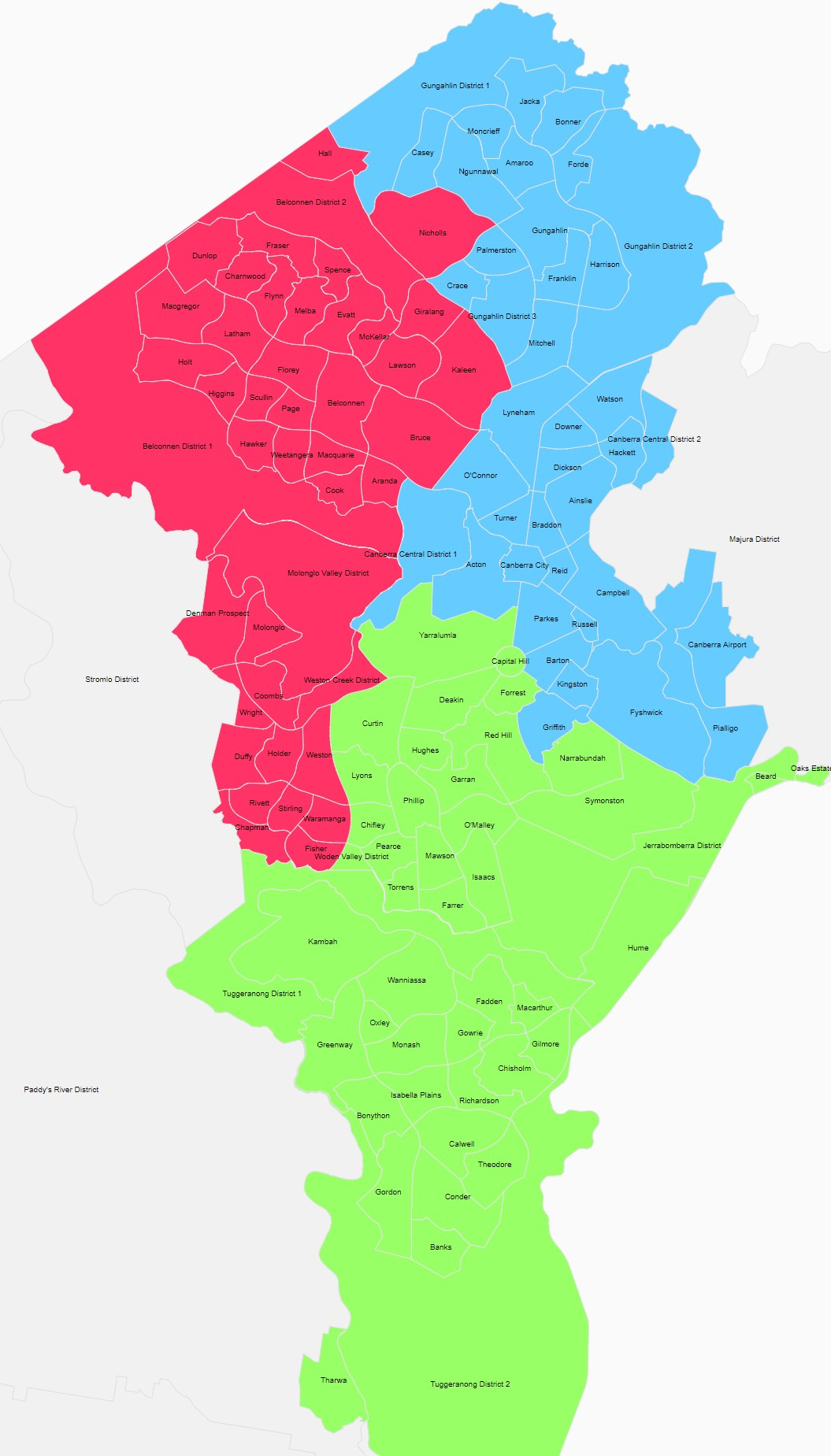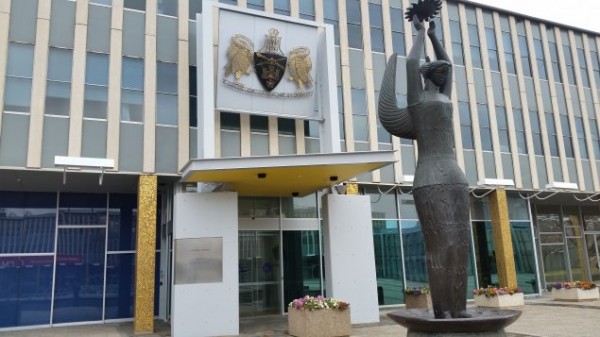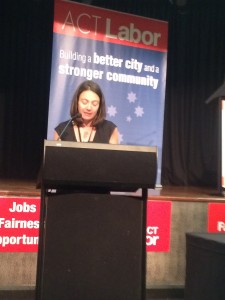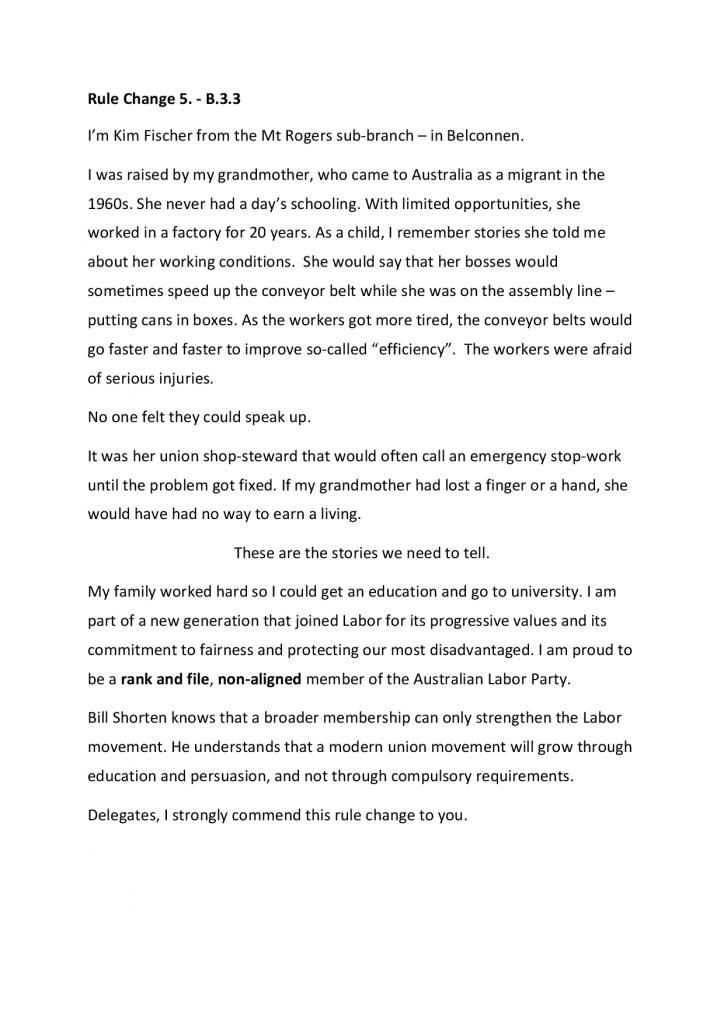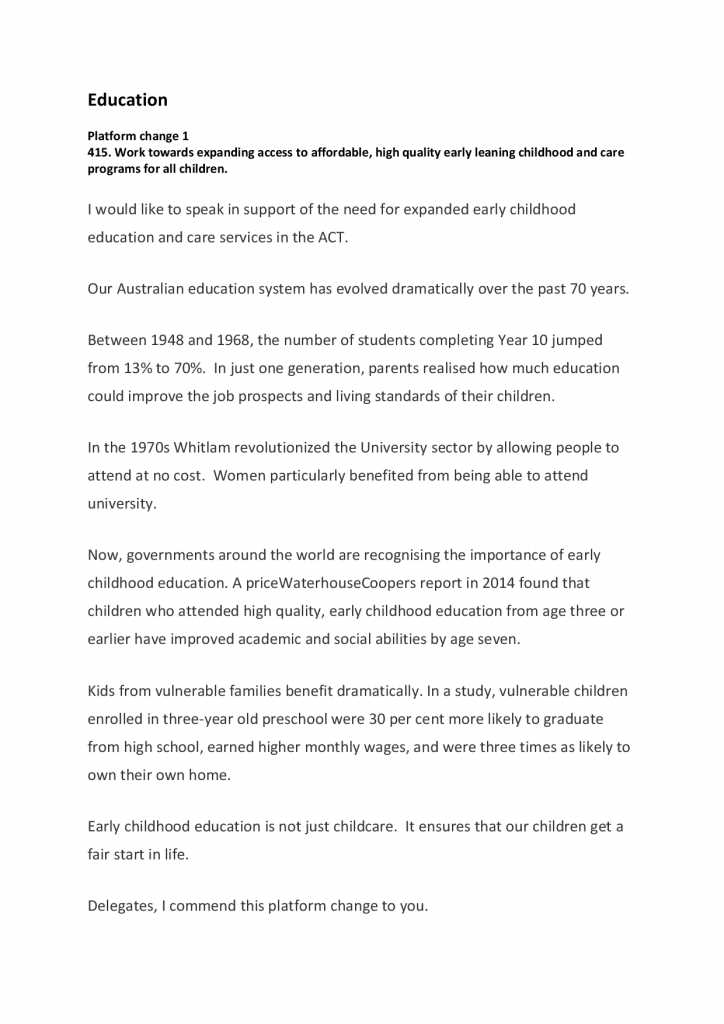Ensuring that the Australian Electoral Commission operates with integrity and in a non-partisan way is essential to the Australian political process.
Unfortunately, the current redistribution process is weakened by its lack of transparency and self-awareness.
By law, the members of each state’s redistribution committee are chosen by virtue of the public service roles they occupy – the Australian Electoral Commissioner as well as the three state-based positions of Australian Electoral Officer, Surveyor-General, and Auditor-General.
Similarly, the AEC Chair and non-judicial appointee member are appointed by the Governor-General from a shortlist of eminent judges and from the list of public service agency heads, respectively.
The lack of diversity in members of the AEC redistribution committee has the potential to introduce bias.
This has been most recently seen in the ACT redistribution proposal. The committee seemed to have few qualms in discarding all proposals received for electorate names. Instead, they have endorsed yet another white Anglo-Saxon male, Charles Bean.
Despite 30% of Australians having a culturally and linguistically diverse background, only around 5% of seats out of the 150 are named after significant CALD figures. Of the 70 electorate names considered by the Committee, it appears that only one (Ruth Arndt) was from a CALD background.
This lack of diversity is surprising and regrettable, since the ACT has many significant people from migrant backgrounds. Why was Romaldo Giurgola, the architect of Parliament House, not deemed suitable for consideration? The instigator of the Hare-Clark system in the ACT, Bogey Musidlak? Or Amirah Inglis, a prolific Canberra-based writer and author from Belgium? Or even Pawe? Strzelecki, the explorer who named Mount Kosciuszko?
Choosing an electorate name is important because it becomes part of our culture. Regardless of the norms of the time, we should not be honouring Bean, an anti-Semite, when there is the opportunity to improve the representation of non-Anglo-Saxon names in Australia’s electorates. Choosing a more diverse option would familiarise people with names that sound alien to them.
With more names like Kosciuszko, Chan, Gupta, and Nguyen for our electorates, people with names hailing from those backgrounds will feel included in Australian society.
The public should know who was responsible for drawing up the list of 70 names for consideration, how diversity was considered as part of the listing process, and what criteria were used in shortlisting. If a vote on the final name is required, the vote of each committee member should be on the public record.
There is a similar lack of transparency in the process of drawing boundaries.
The ACT’s districts, and especially those centred around the town centres of Belconnen, Woden, Gungahlin, and Tuggeranong have a strong local identity and community overlap. Many people in each district work, shop locally, and send their children to local schools.
Reasonable redistribution proposals that preserved these town centres were submitted for consideration. Yet the redistribution committee’s justification for discarding these alternative proposals was scant to non-existent. Their report simply notes that “many of the suggestions and comments on suggestions received advocated for a northern-central-southern split” as if that was sufficient justification.
Receiving 10 submissions when the ACT has a population of 410,000 is not enough to prove popular support for a particular boundary approach. Some of these submissions were not even from the ACT!
I call on the AEC to formalise and publish specific guidelines for carrying out future redistributions. This should include specifying the mechanisms for ensuring that all Australians are considered when naming seats, justifying a preference for specific electorate boundaries, and handling of arguments made in public submissions.
If the public does not have confidence that their submissions will get fair consideration, they will conclude that participation in our electoral processes is a waste of time.

